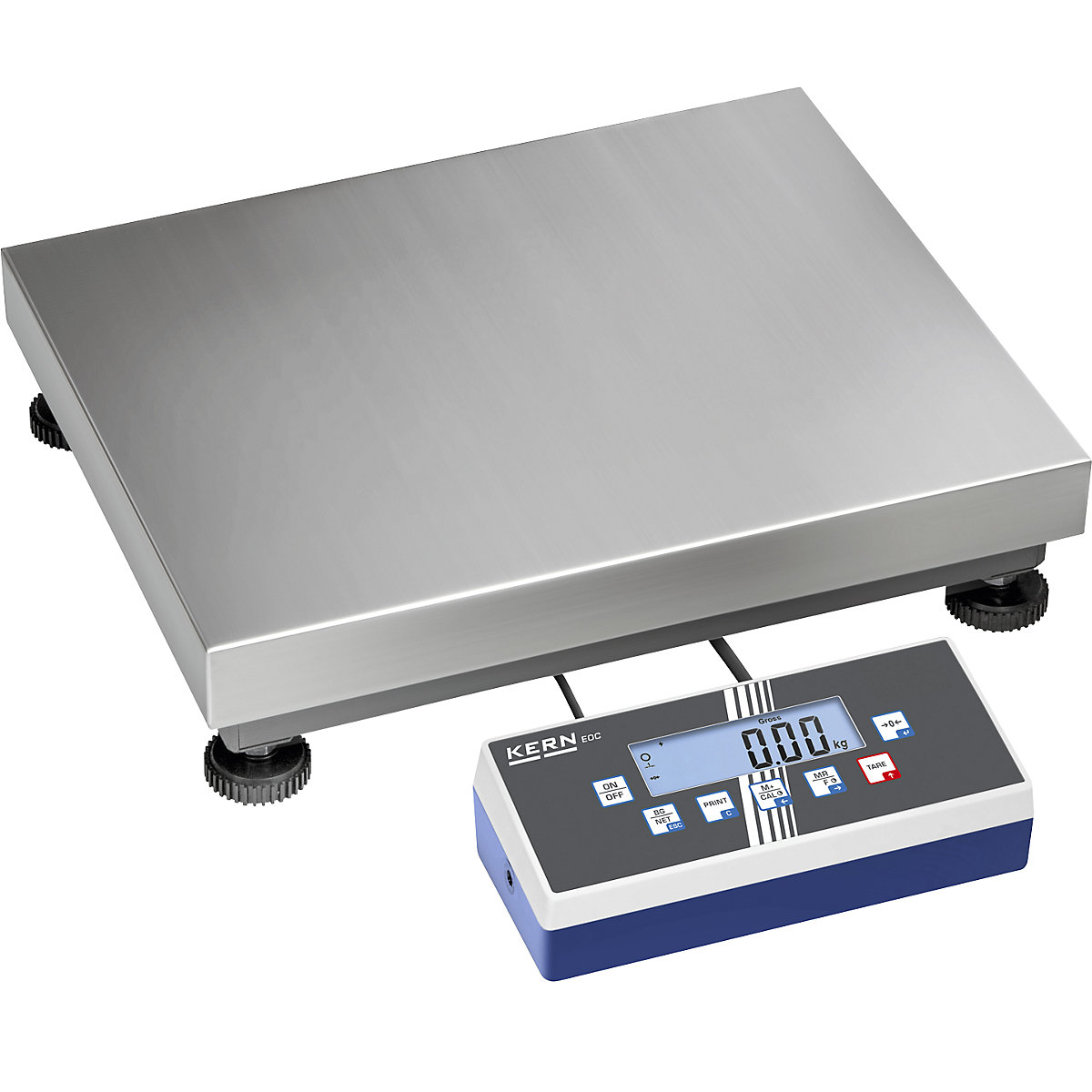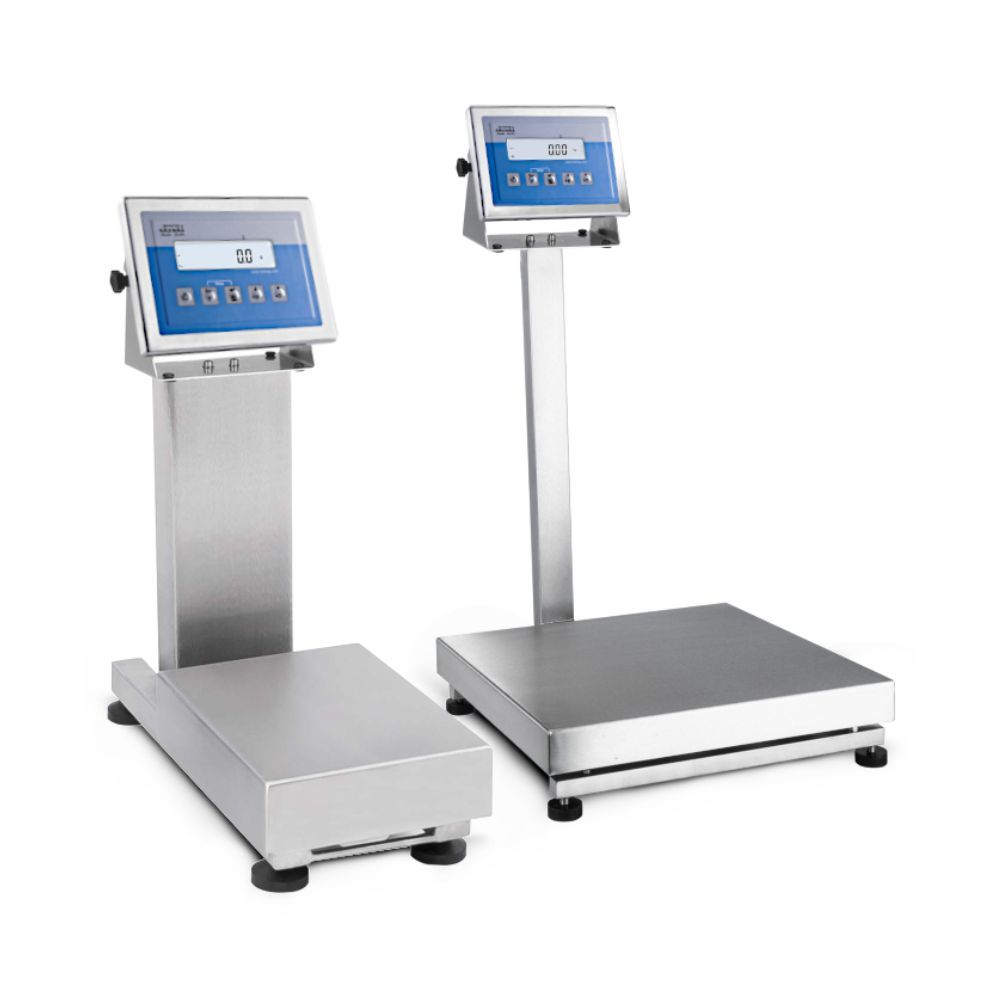The Essential Guide to Choosing the Right Industrial Scales for Your Needs
The Essential Guide to Choosing the Right Industrial Scales for Your Needs
Blog Article
Just How Industrial Scales Work: A Detailed Introduction for New Users
Recognizing the mechanics behind commercial ranges is crucial for new users that intend to ensure accuracy in their measurements. These devices count on load cells and strain scale modern technology to transform weight right into a quantifiable layout, yet the subtleties of their procedure prolong beyond mere functionality. From the various kinds readily available to the important techniques for proper use and upkeep, each element plays a considerable role in achieving dependable outcomes. As we discover these parts, one have to take into consideration exactly how these elements interact to boost performance in diverse commercial applications.
Fundamentals of Industrial Scales
Industrial scales are important tools used across numerous industries, including production, logistics, and agriculture, to guarantee precise weight measurements of hefty loads. The basic principle behind commercial scales includes the conversion of weight into a quantifiable form that can be presented digitally or analogically. These ranges employ different mechanisms, such as tons cells or mechanical bars, to identify the weight of things placed upon them.

In enhancement to their dimension abilities, industrial scales are designed to withstand harsh environments, including durable building that resists dirt, wetness, and heavy impacts. Calibration and upkeep are essential to make certain accuracy, as even small disparities can cause considerable financial implications. By understanding the essentials of industrial scales, customers can value their significance in various commercial applications.
Kinds Of Industrial Scales
Various kinds of commercial ranges deal with the varied requirements of different sectors, each created to deal with details evaluating tasks with accuracy and dependability. Among one of the most typical kinds are floor scales, which are excellent for evaluating heavy and cumbersome items. These ranges generally include big systems and can fit palletized items, making them necessary in storage facilities and delivery facilities.
One more kind is bench ranges, which are typically made use of for smaller products in production and retail settings. They offer exact dimensions for products that need accuracy, such as chemicals or parts in production line (Industrial Scales). For mobile procedures, portable scales use adaptability and ease of transport, appropriate for fieldwork or short-lived installations
Furthermore, specialized scales like checkweighers are utilized in manufacturing lines to preserve high quality control by making certain that items satisfy weight requirements. Each kind of commercial range plays an important role in improving functional performance and precision throughout different markets.
Exactly How Evaluating Mechanisms Job
Considering devices are essential components that allow exact dimension of mass across various commercial scales. These devices make use of different concepts of physics and design to supply accurate weight analyses, crucial for stock management, quality assurance, and conformity with governing criteria.
One typical type straight from the source of considering device is the lots cell, which operates on the concept of stress gauges. When a lots is applied, the lots cell warps a little, producing an electrical signal proportional to the weight. This signal is then exchanged a readable weight dimension by the scale's electronic devices.
Another extensively used device is the mechanical balance, which utilizes a system of weights and levers. Industrial Scales. This approach depends on the principle of stability, where the weight of the object being gauged is balanced against recognized weights, enabling straight measurement
Furthermore, hydraulic and pneumatic ranges leverage liquid characteristics principles to determine weight. These systems use you can find out more the pressure applied by a lots to identify weight, using high precision for enormous lots.
Proper Usage Strategies
When utilizing commercial ranges, sticking to proper usage strategies is essential for ensuring precise dimensions and maintaining devices honesty. Primarily, it is vital to pick the appropriate scale for your particular application, as scales vary in capability and accuracy.
Before considering, guarantee that the range is positioned on a secure, degree surface area free from vibrations or disturbances. This will certainly aid to minimize mistakes triggered by exterior variables. In addition, adjust the range according to the producer's requirements prior to make use of, ensuring that it is working correctly.
When placing products on the range, distribute the weight evenly to prevent tipping or damaging the devices. Always enable the scale to maintain prior to tape-recording the weight, as variations might take place throughout initial positioning. For bulk products, use containers that are proper for the range size to stop overloading.
Additionally, stay clear of positioning chilly or overly warm things straight on the range, as temperature level variations can impact accuracy. Maintain the evaluating system clean and complimentary of debris to protect against contamination and make sure dependable outcomes. By complying with these strategies, individuals can make best Continued use of the performance and long life of their industrial ranges.
Maintenance and Calibration Tips
Making certain the longevity and precision of industrial scales calls for thorough maintenance and regular calibration. A preventive upkeep schedule is crucial; it needs to include regular inspections to determine damage, especially on load cells and various other delicate components. Regularly cleansing the scale's surface area and ensuring the surrounding location is devoid of particles will assist preserve its honesty and performance.
Calibration is equally necessary and need to be carried out at routine periods or whenever the range experiences substantial changes in temperature, moisture, or physical variation. Make use of certified calibration weights that are traceable to national requirements for accuracy. Paper each calibration session carefully to track efficiency over time and identify any patterns or persisting concerns.
Train all operators on proper range use and maintenance procedures to guarantee consistent efficiency and accuracy. By adhering to these upkeep and calibration ideas, users can enhance the reliability of their industrial scales, making sure ideal procedure in any kind of setup.
Verdict

Understanding the mechanics behind industrial scales is essential for new users who want to ensure precision in their measurements.Industrial ranges are essential devices used throughout numerous fields, consisting of production, logistics, and agriculture, to guarantee precise weight measurements of heavy tons. The basic principle behind commercial ranges involves the conversion of weight into a quantifiable kind that can be presented electronically or analogically. By recognizing the fundamentals of industrial scales, customers can value their value in different industrial applications.
In final thought, recognizing the operation and maintenance of industrial ranges is critical for guaranteeing precise weight measurements in various applications. (Industrial Scales)
Report this page